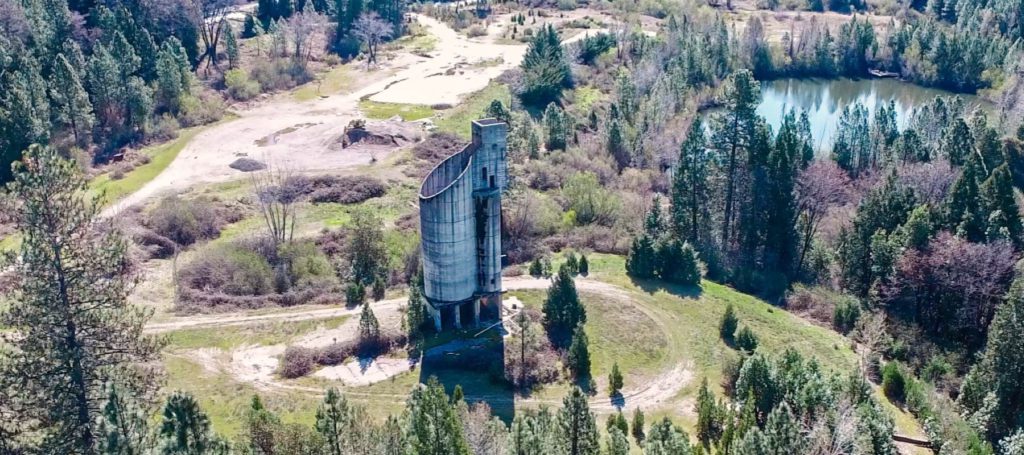Rise Gold shares bounce on draft EI report for Idaho-Maryland project


Shares in US-focused junior Rise Gold (CSE: RISE; US-OTC: RYES) jumped more than 42% in Toronto trading Tuesday morning after it received a Draft Environmental Impact Report (DEIR) for its brownfields Idaho-Maryland gold project (IMM) in Nevada County, California.
The report's release represents a significant milestone toward approval of the company's 'use permit' application to reopen the mine.
The DEIR found three significant unavoidable impacts from the project: temporary construction noise from installing a water pipeline; the addition of traffic to an intersection currently operating at an unacceptable level of service; and aesthetics due to noticeable changes to the existing visual character of the project sites.
Rise Gold believes the project's substantial economic and community benefits significantly override those concerns.
The DEIR paves the way for a 60-day public comment period, followed by the finalization of a Final Environmental Impact Report, including responses to public concerns. This would be followed by a public hearing convened by the Nevada County Planning Commission; and a final hearing by the Board of Supervisors to consider and make a final decision on the IMM project. A majority vote amongst the five supervisors is required to approve the use permit.
The most recent mining-related EIR process completed in 2019 by Nevada County was the Boca quarry expansion. In that case, the Nevada County Board of Supervisors approved the project about five months after the release of the DEIR. Based on this recent precedent, the use permit process for the IMM project could be completed by June of 2022.
A recent survey of Nevada County conducted by J Wallin Opinion Research demonstrated strong local support for the IMM project. A majority (59%) of respondents supported the reopening of the Idaho-Maryland Mine, with only 34% of respondents opposed. The majority of support for the project is consistent across all the county's five districts.
The IMM produced 2.41 million ounces of gold at an average head grade of 17 grams per tonne from 1866 to 1955.
It was the second-largest lode gold producer in the US before being forced to shutter under the War Production Board Order L-208 during World War II. In the two years before closure, 1940 and 1941, mine production averaged 920 tons per day with an average mill head grade of 12.9 grams per tonne for 121,000 ounces of annualized output.
Rise Gold has recently completed 20,600 meters of exploration core drilling at the IMM project, returning many high-grade gold intercepts near the existing mine workings and depths significantly below historic mining areas.
The use permit application proposes underground mining to restart at an average throughput of 1,000 tons per day. The existing Brunswick Shaft, extending to more than 1,000 metres depth below the surface, would be used as the primary rock conveyance from the underground workings.
A second service shaft will be built by raising from underground to transport personnel, materials and equipment. Gold processing would be done by gravity and flotation to produce gold concentrates.
As of noon in Toronto, Rise shares traded at C54c per share, up 42%. Despite the lift, shares are still trending down 32% over the 12-month frame, giving the company a market capitalization of C$14.8 million.
This article originally appeared on www.Mining.com.
Comments